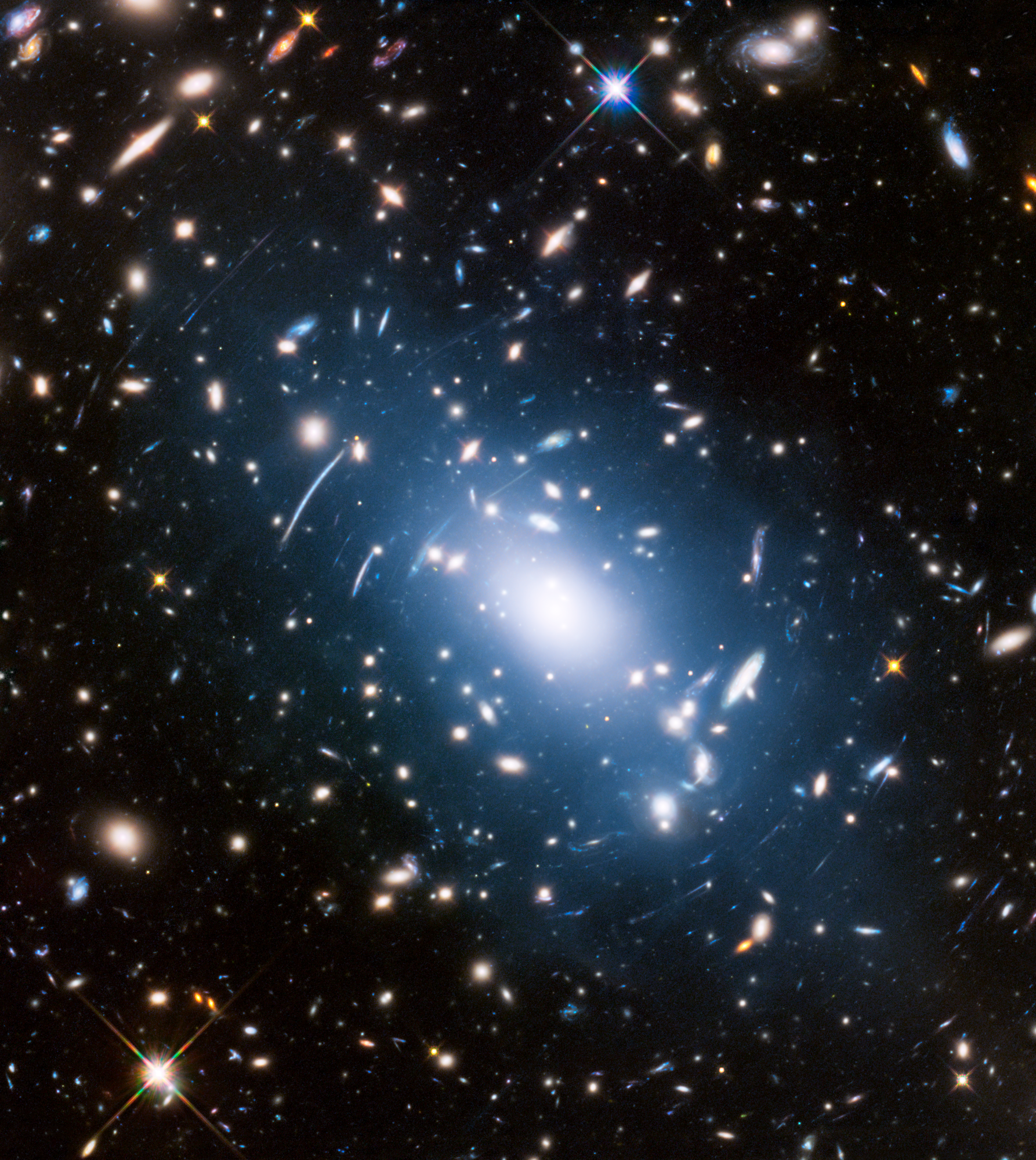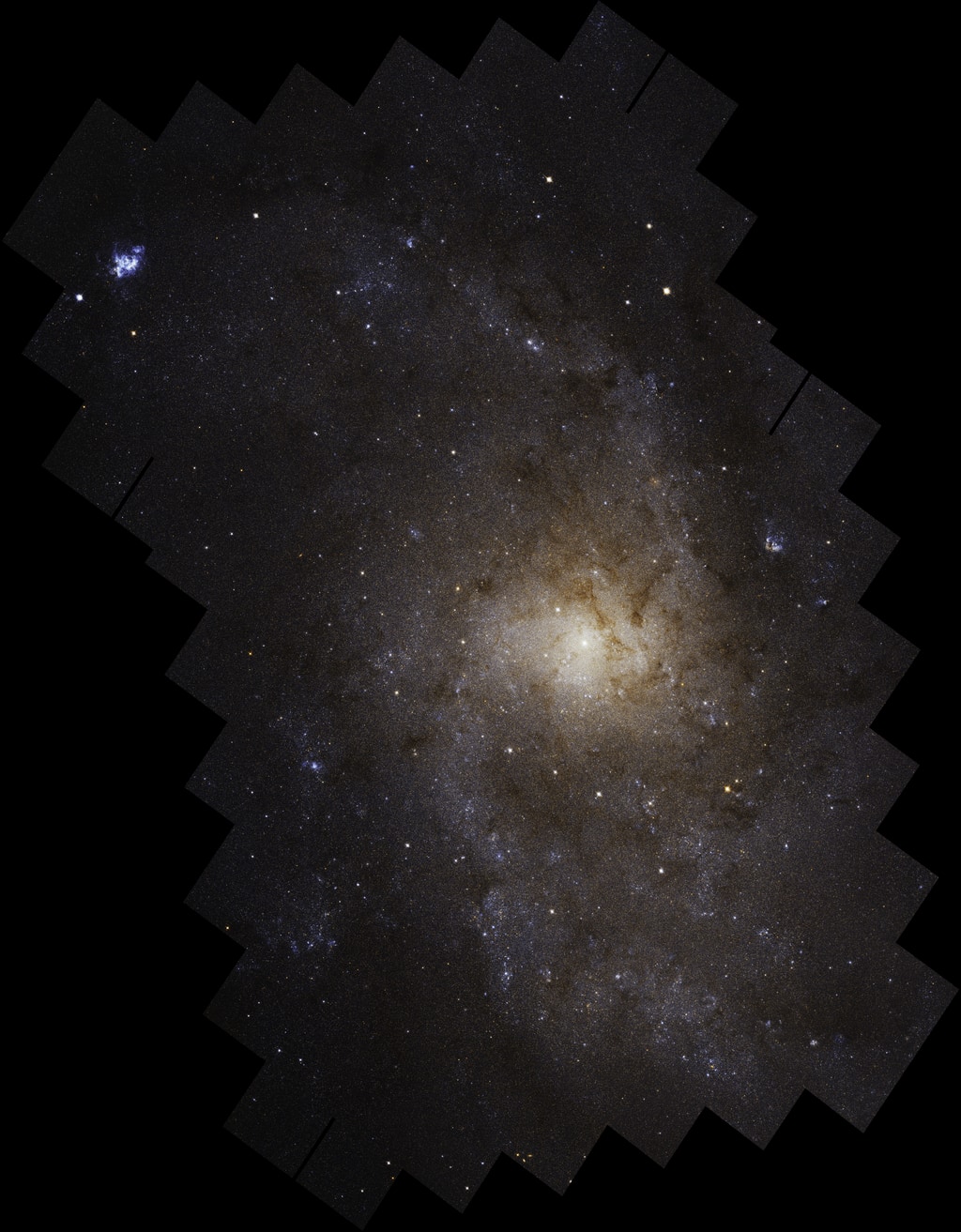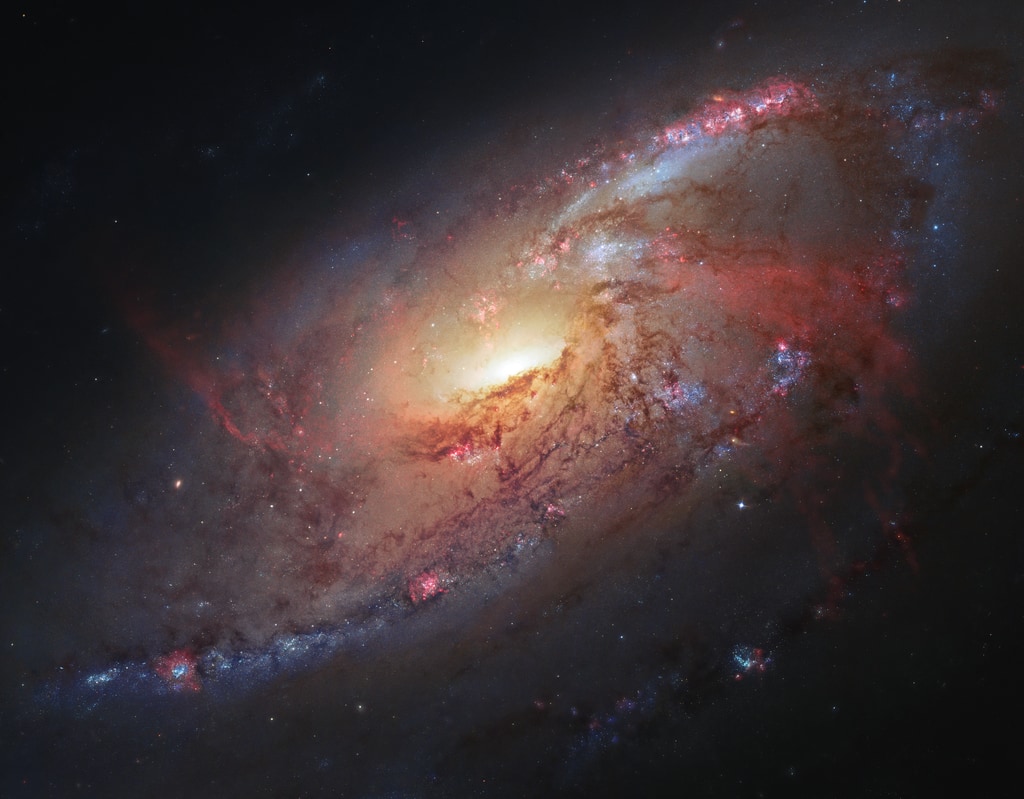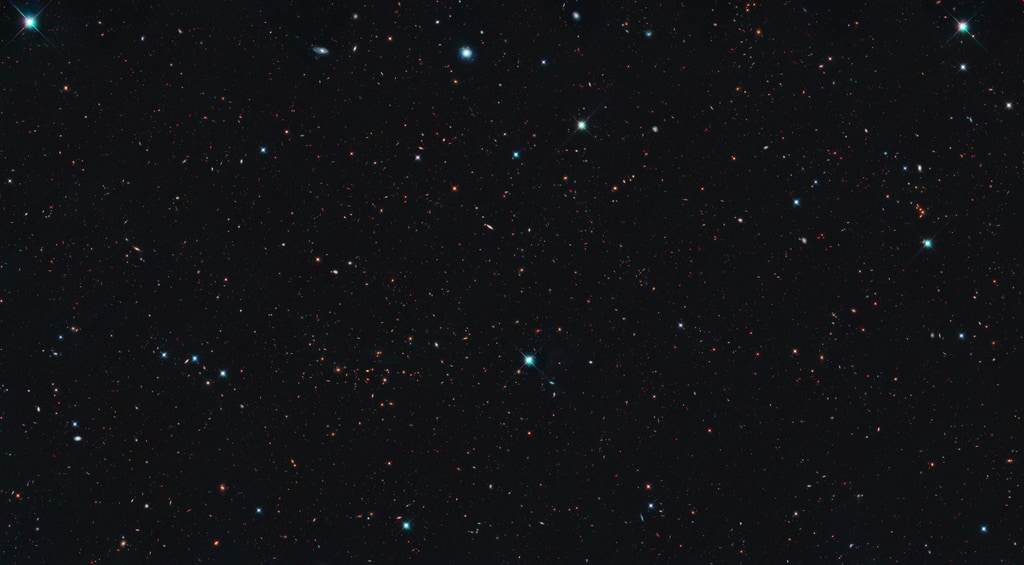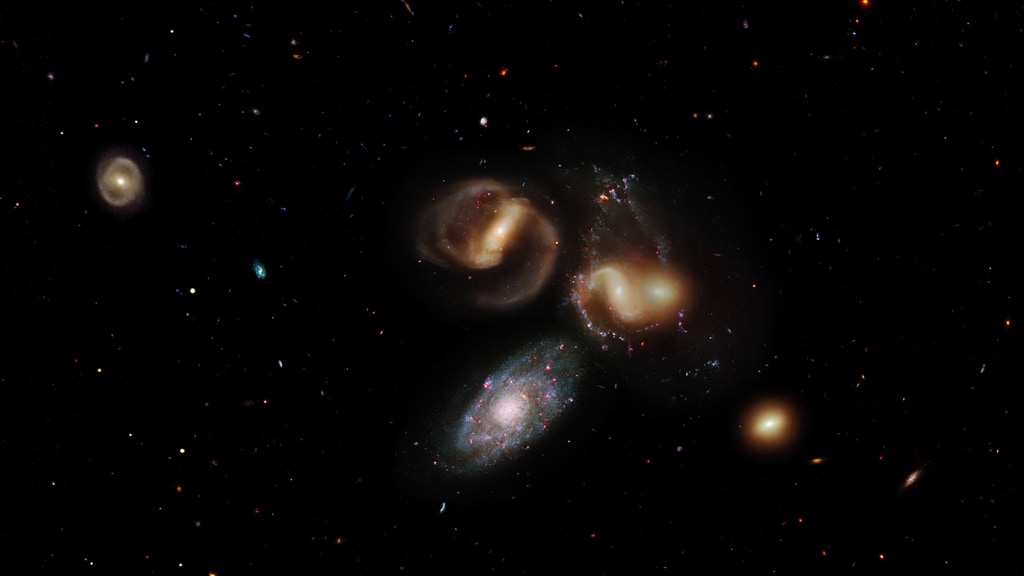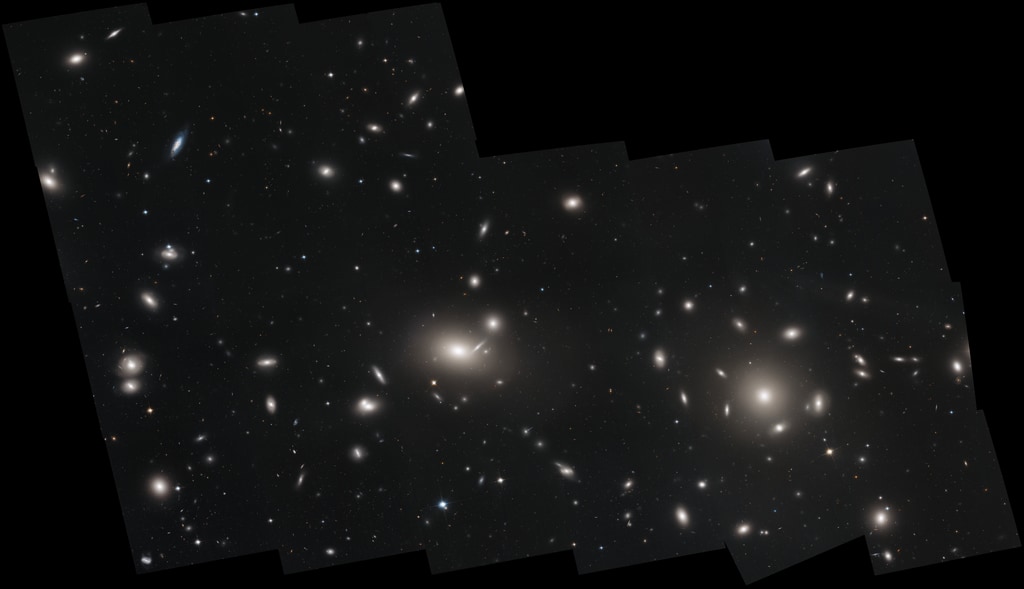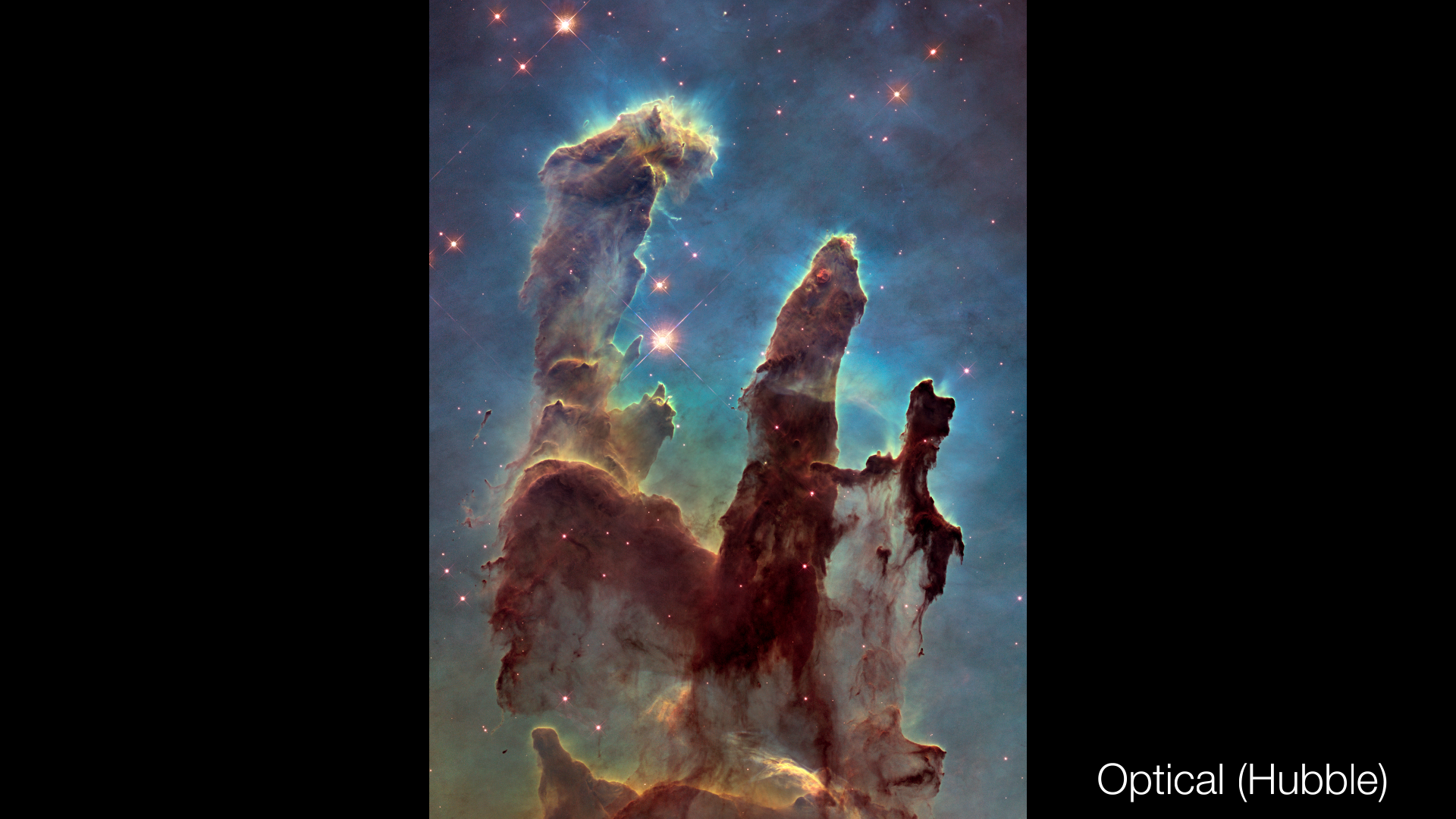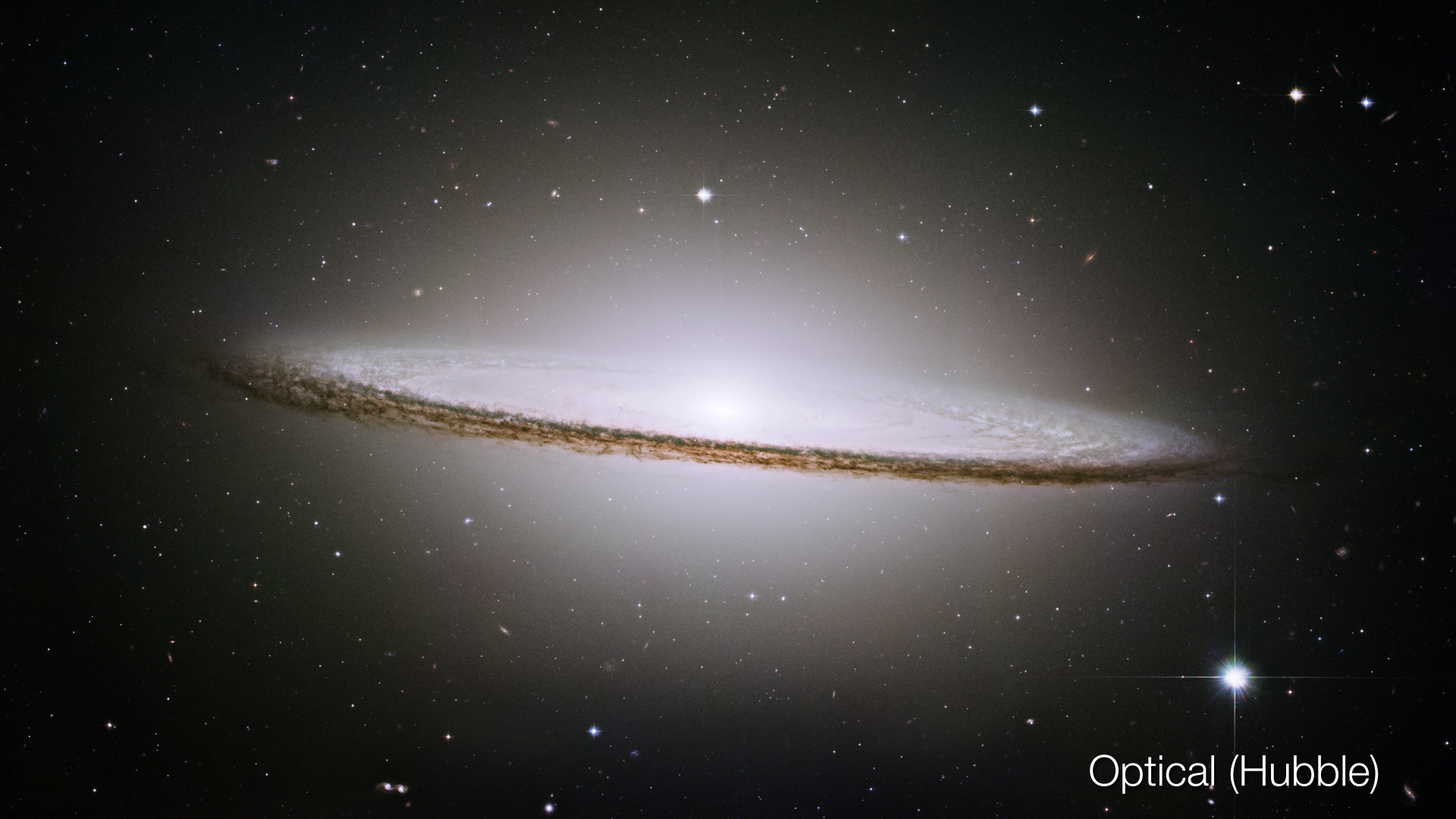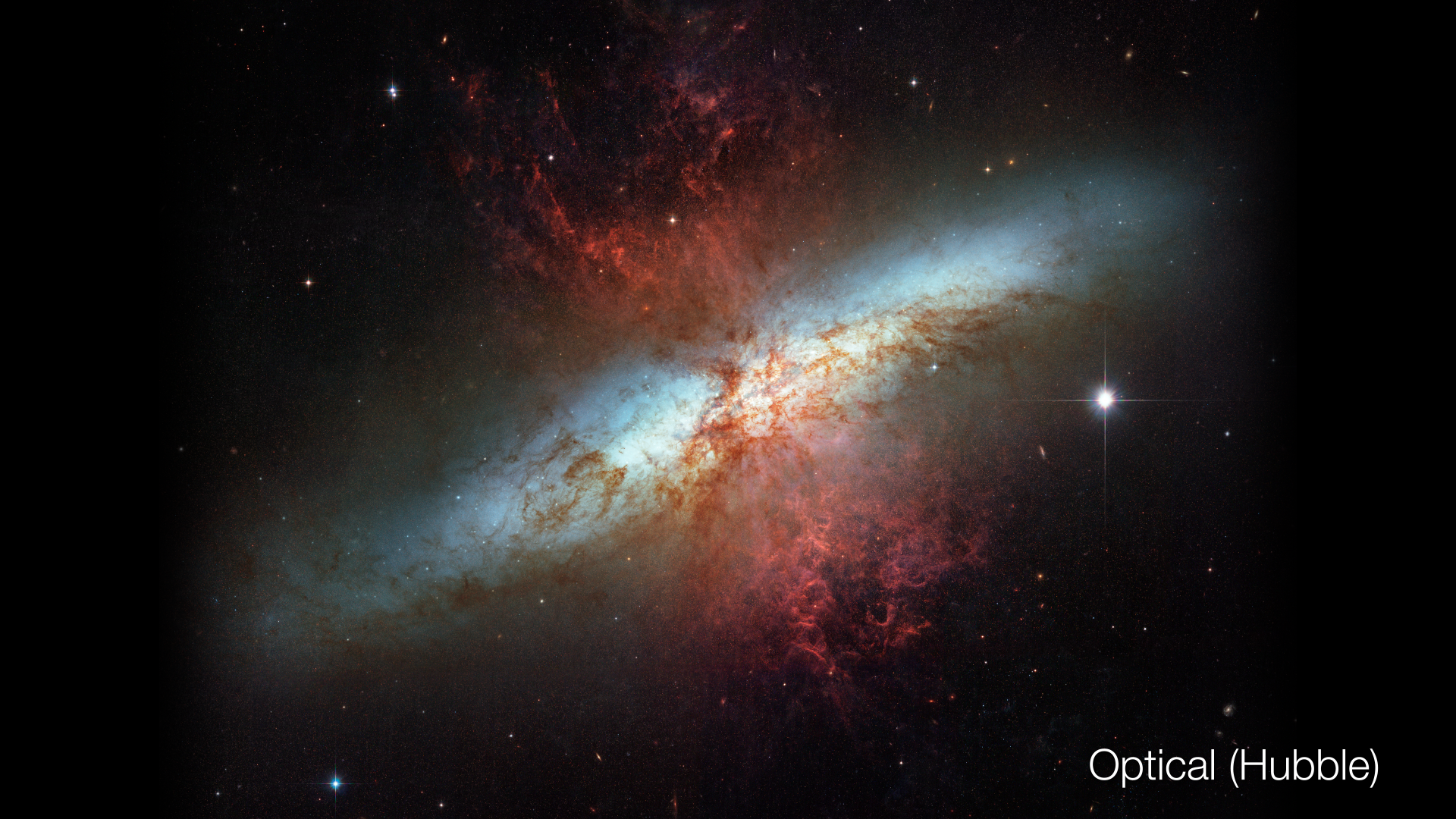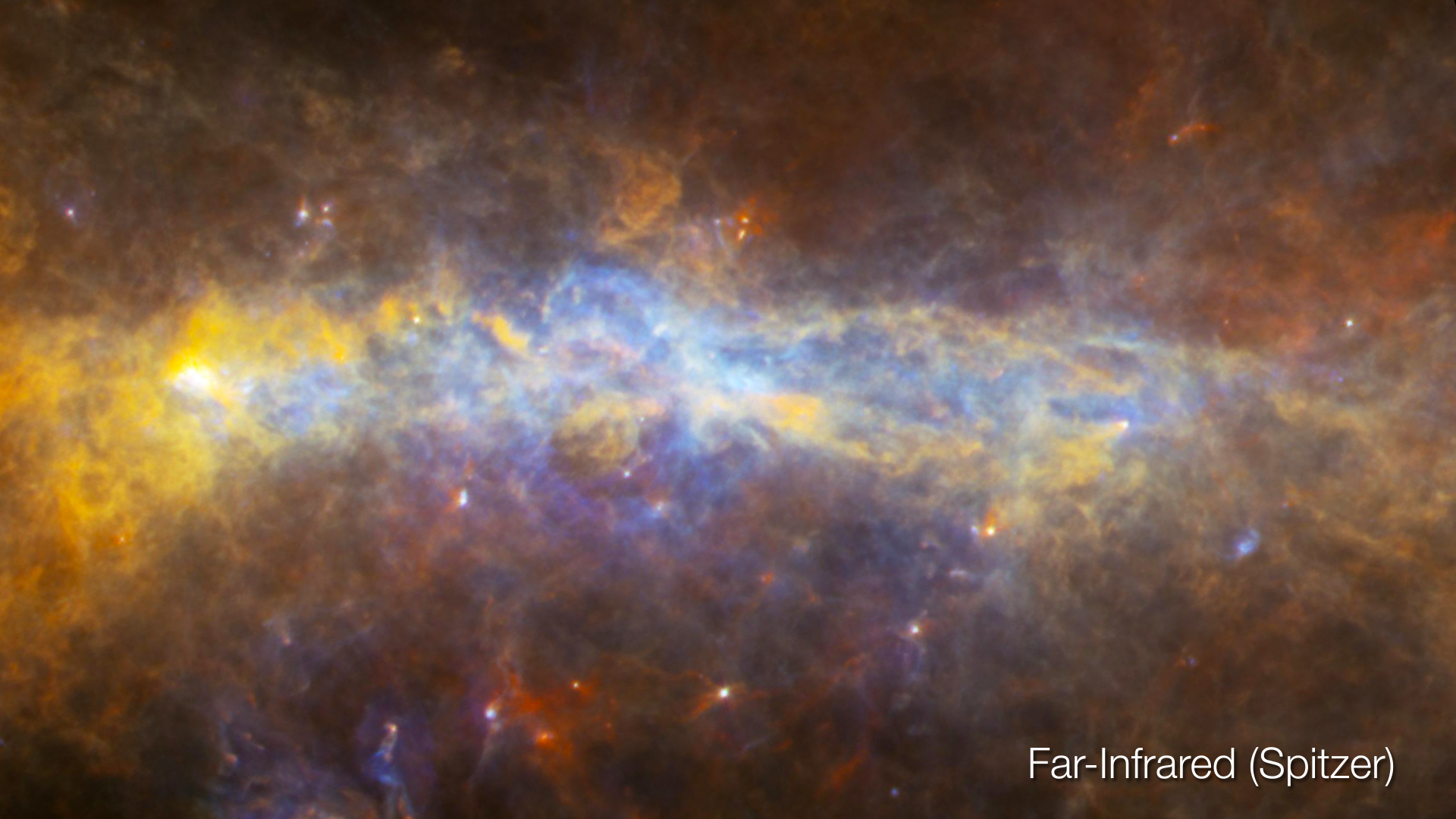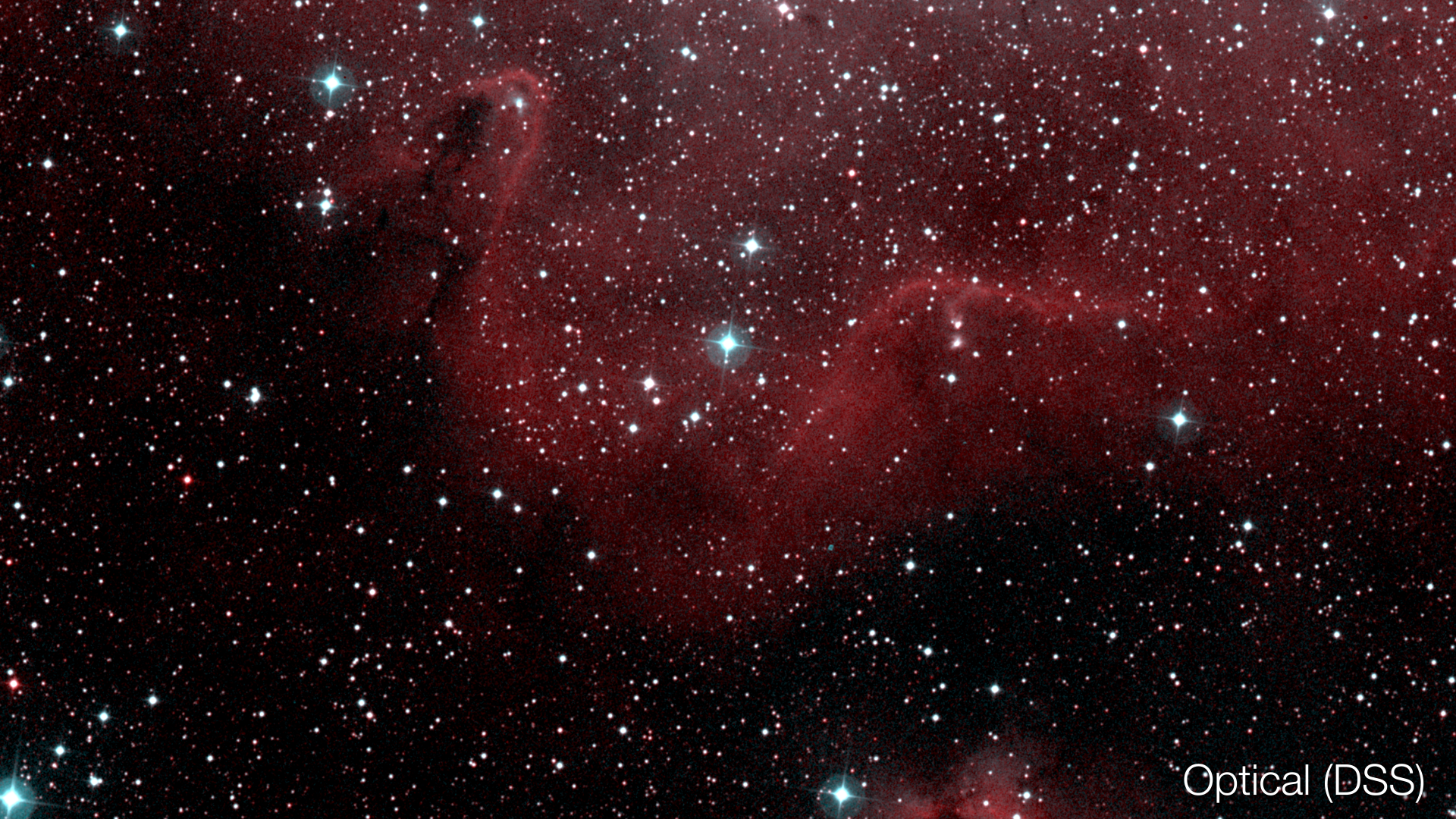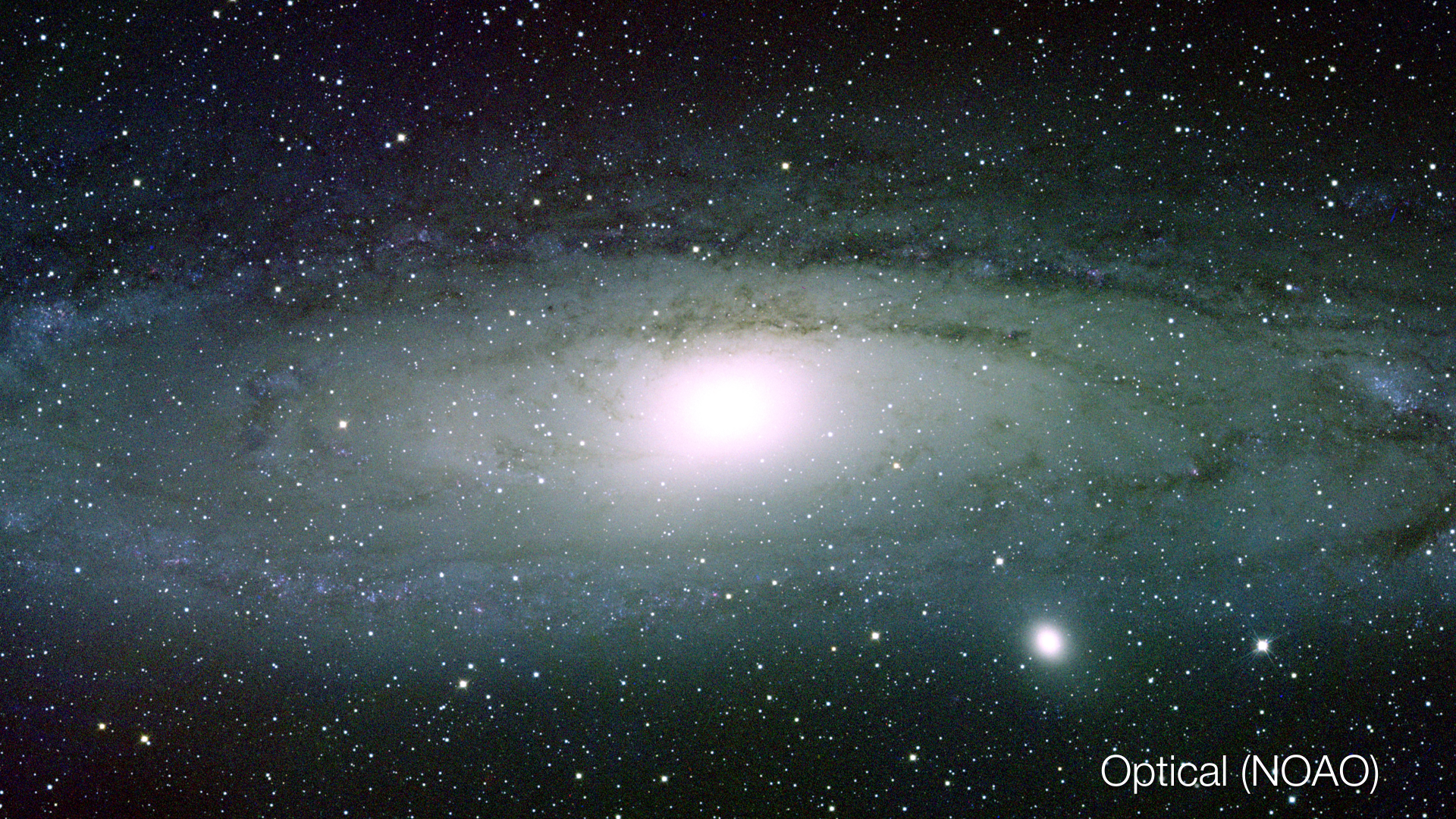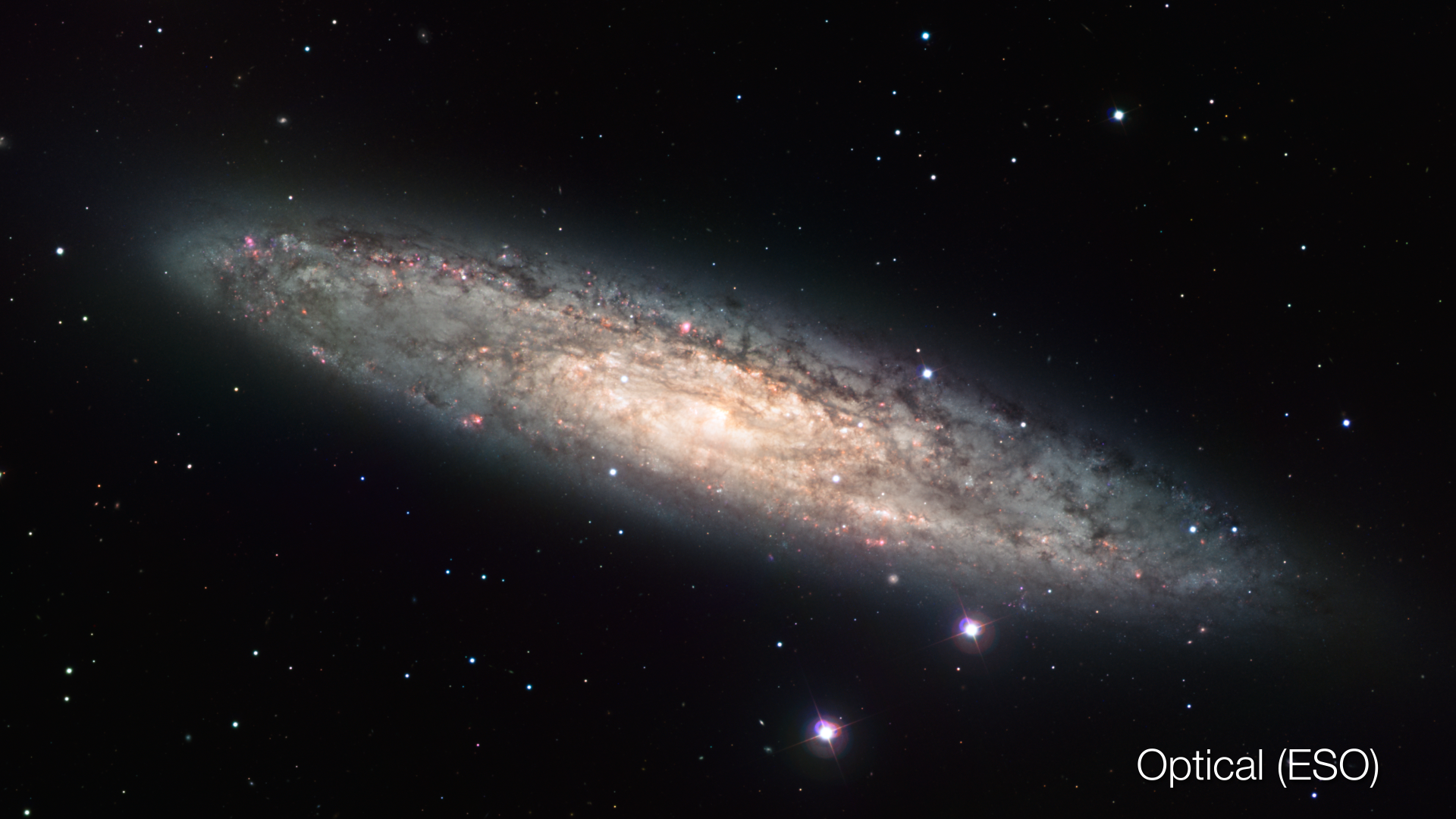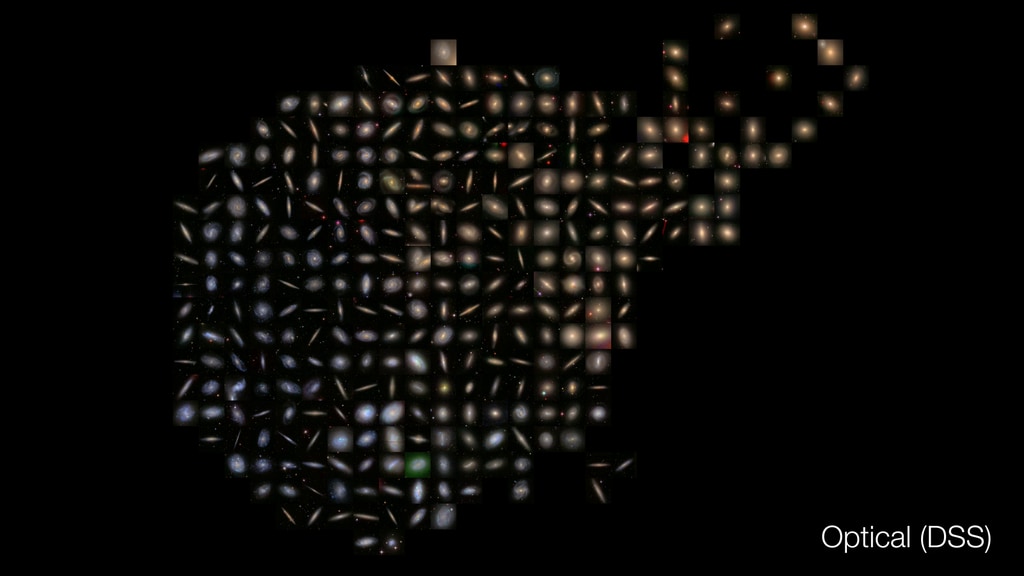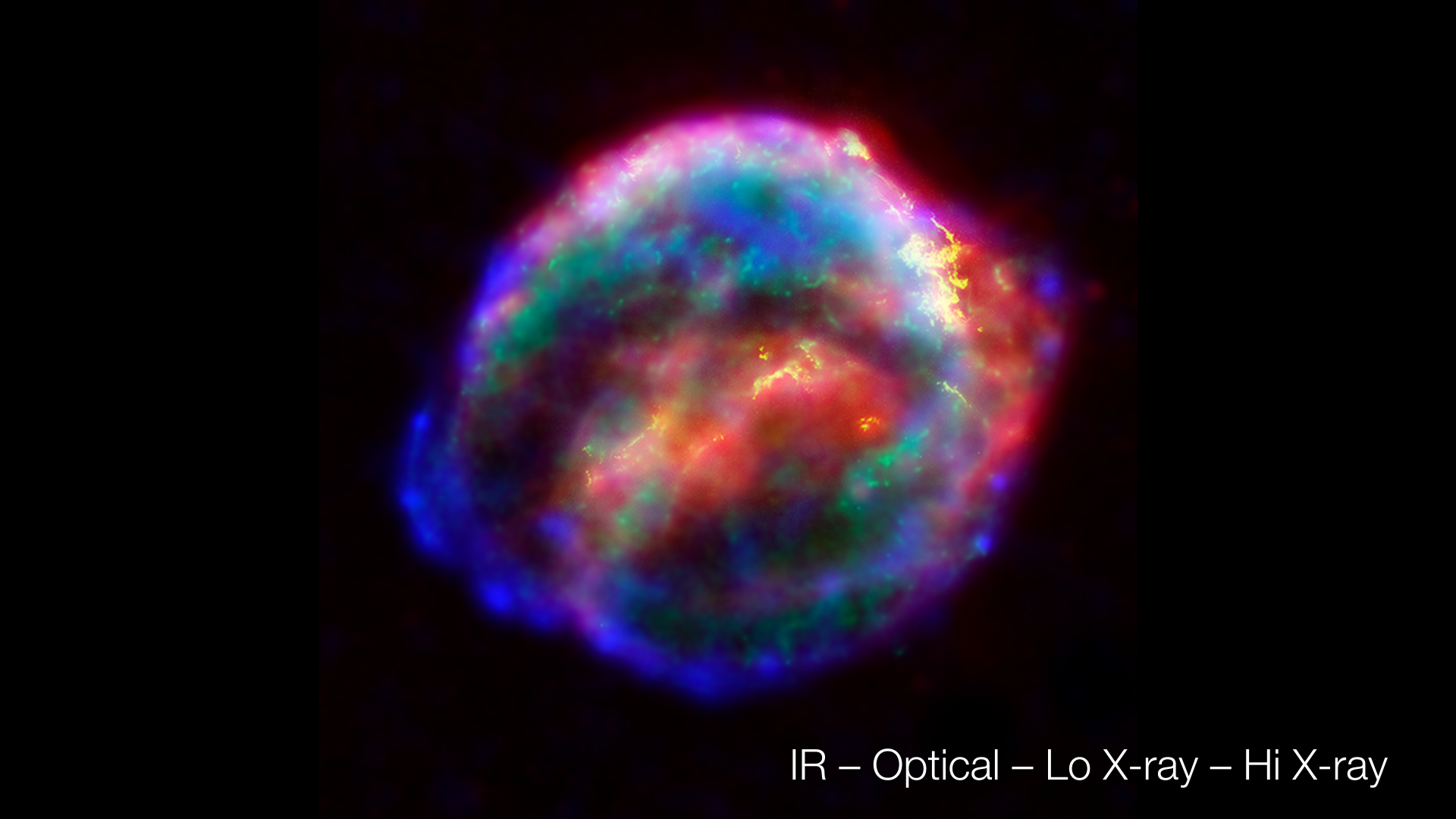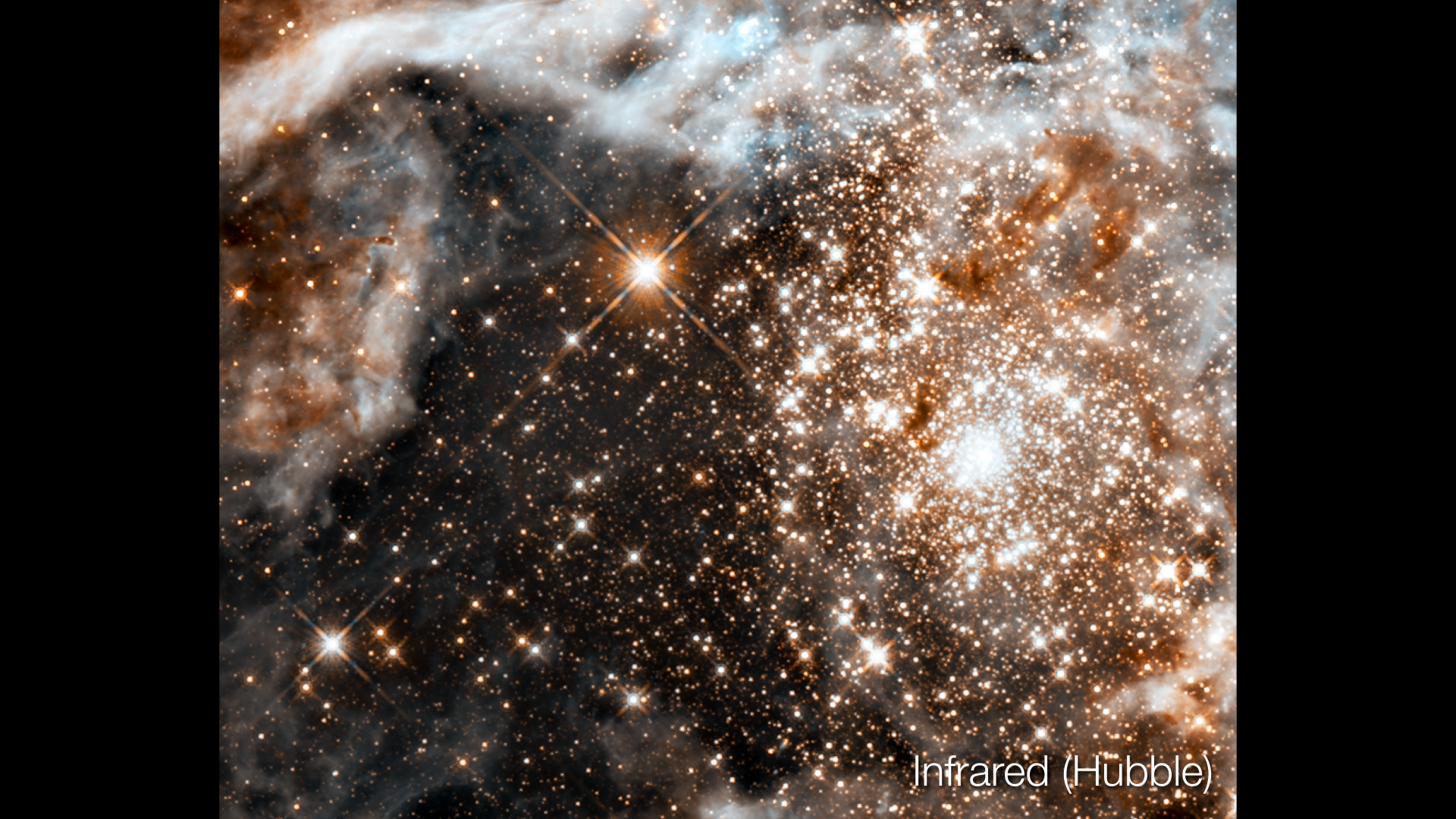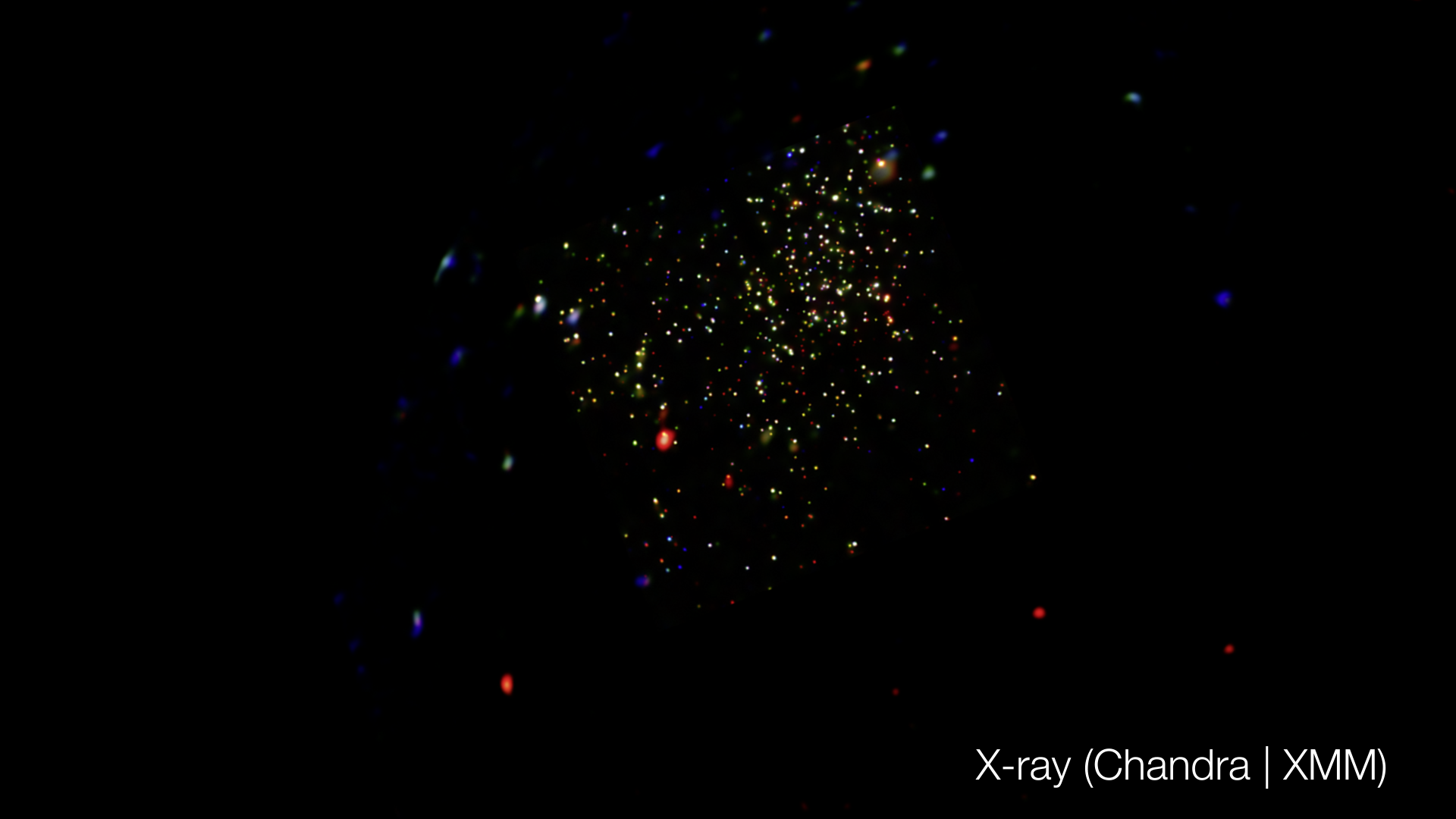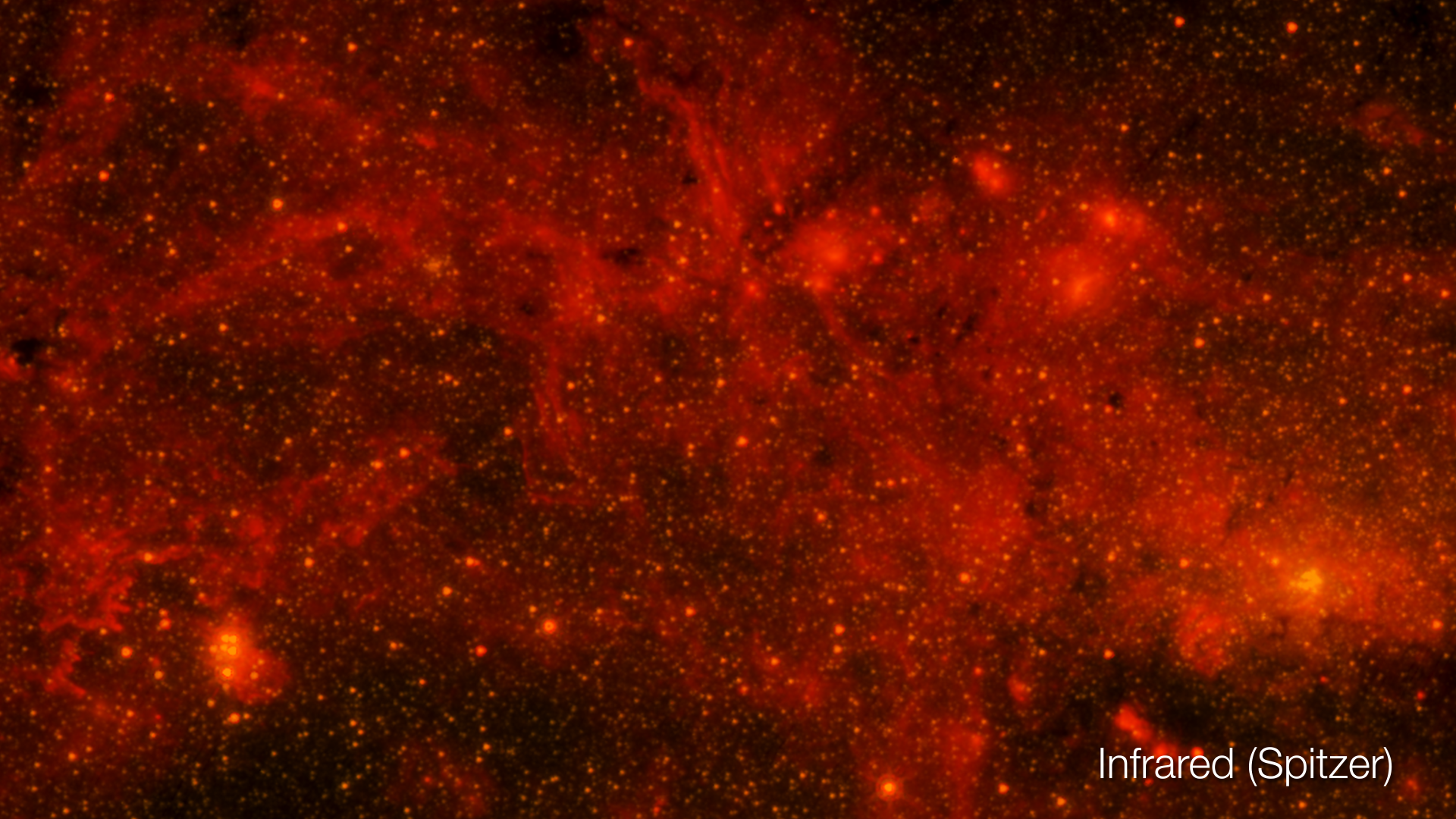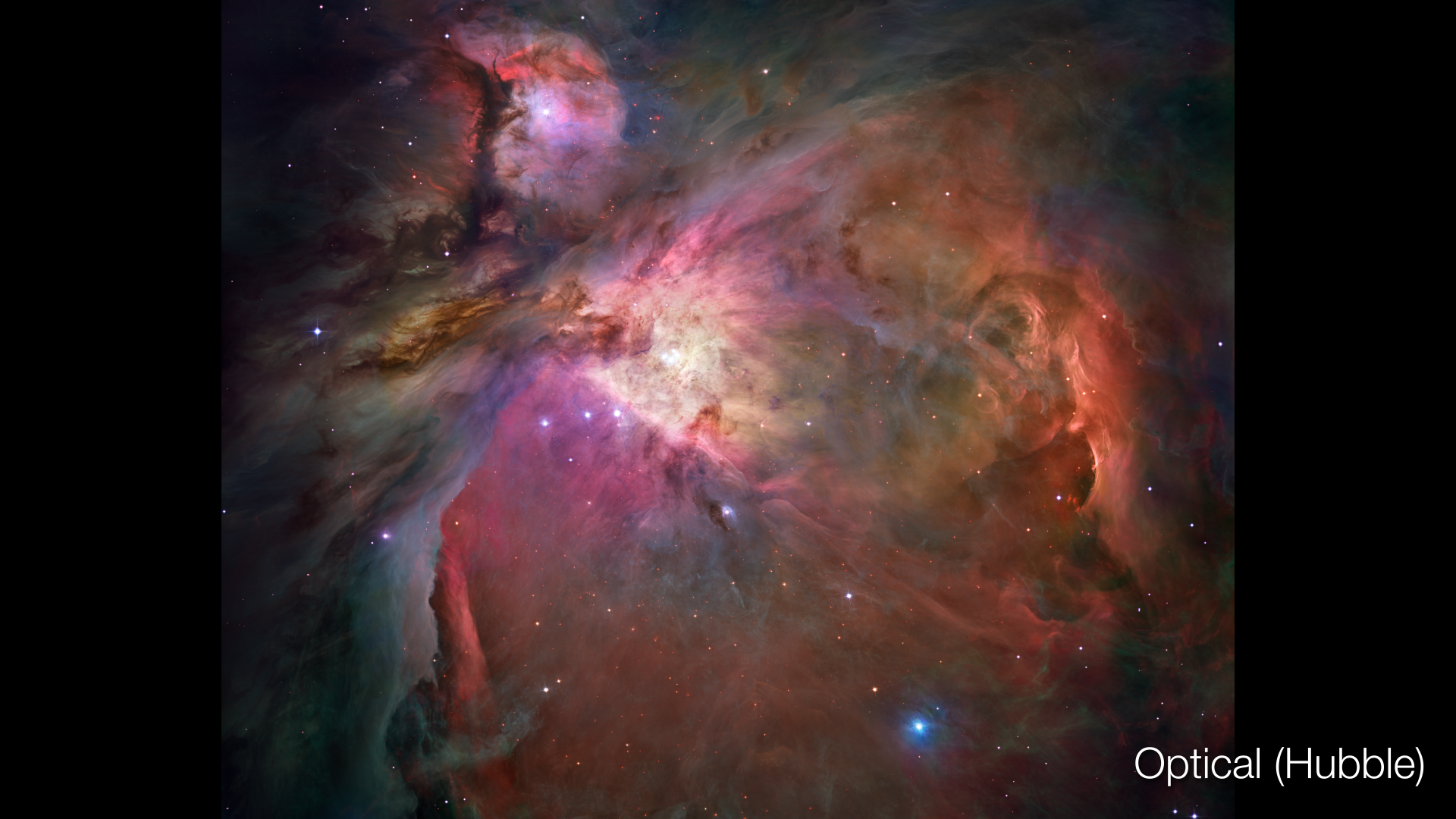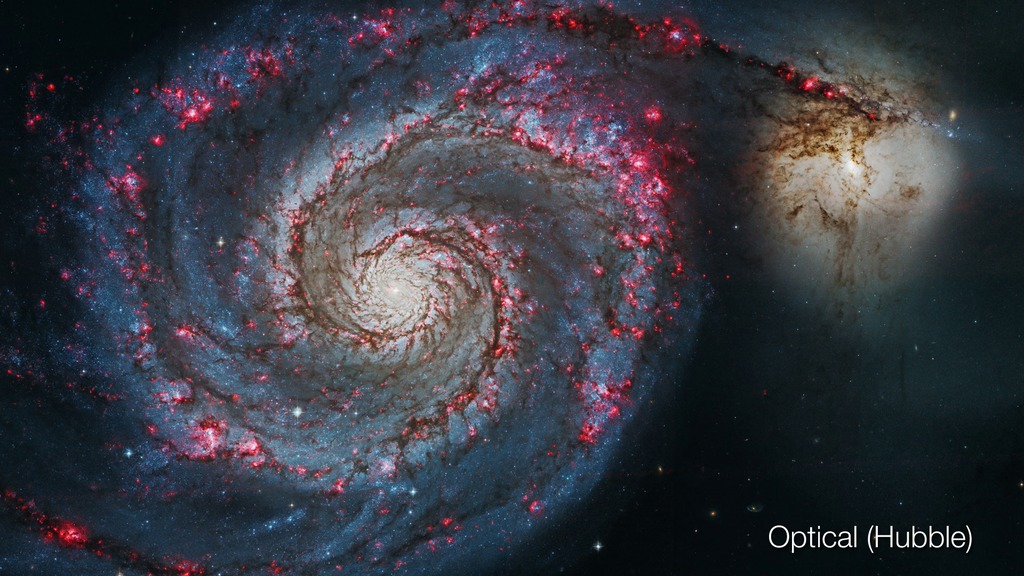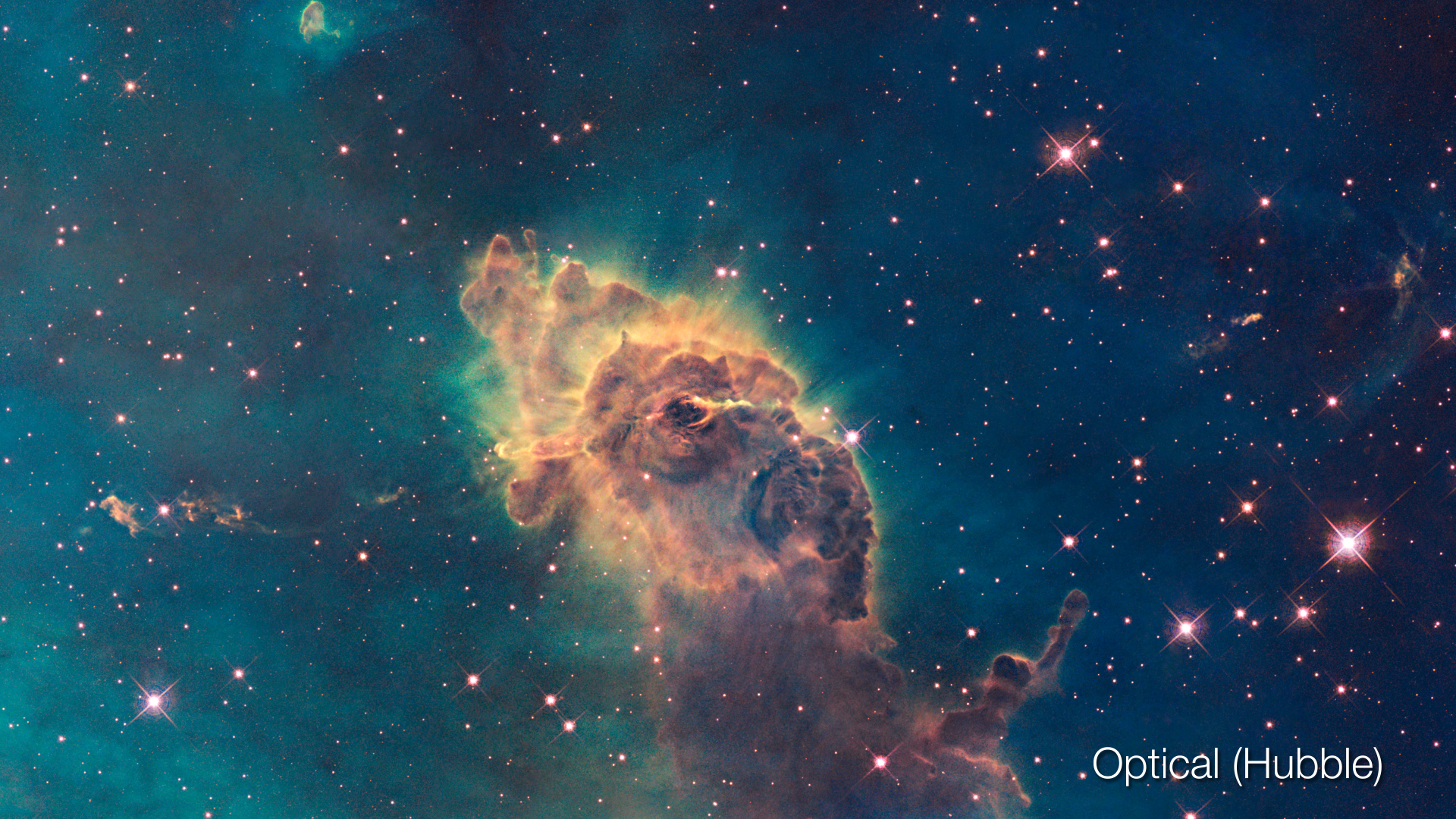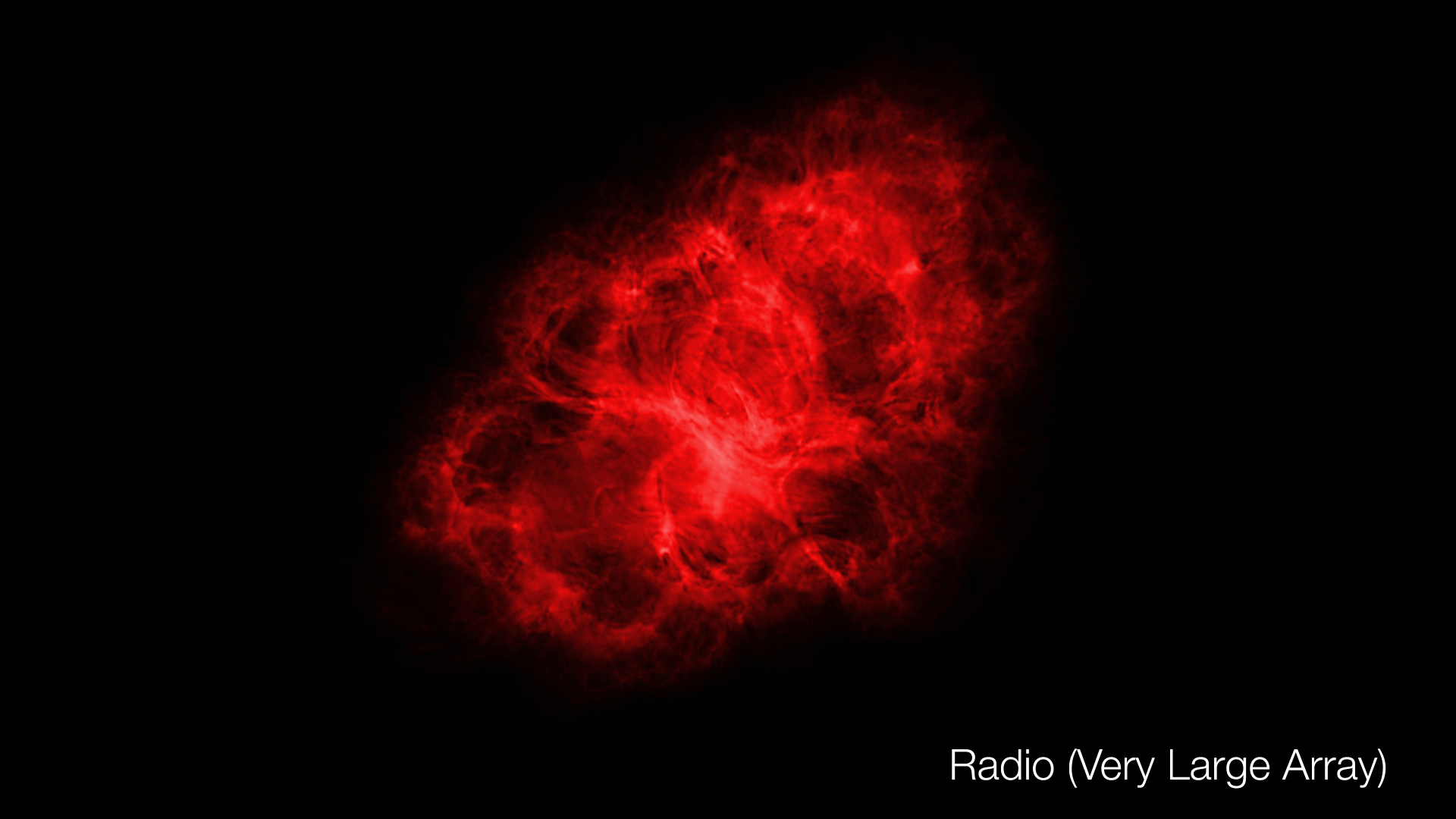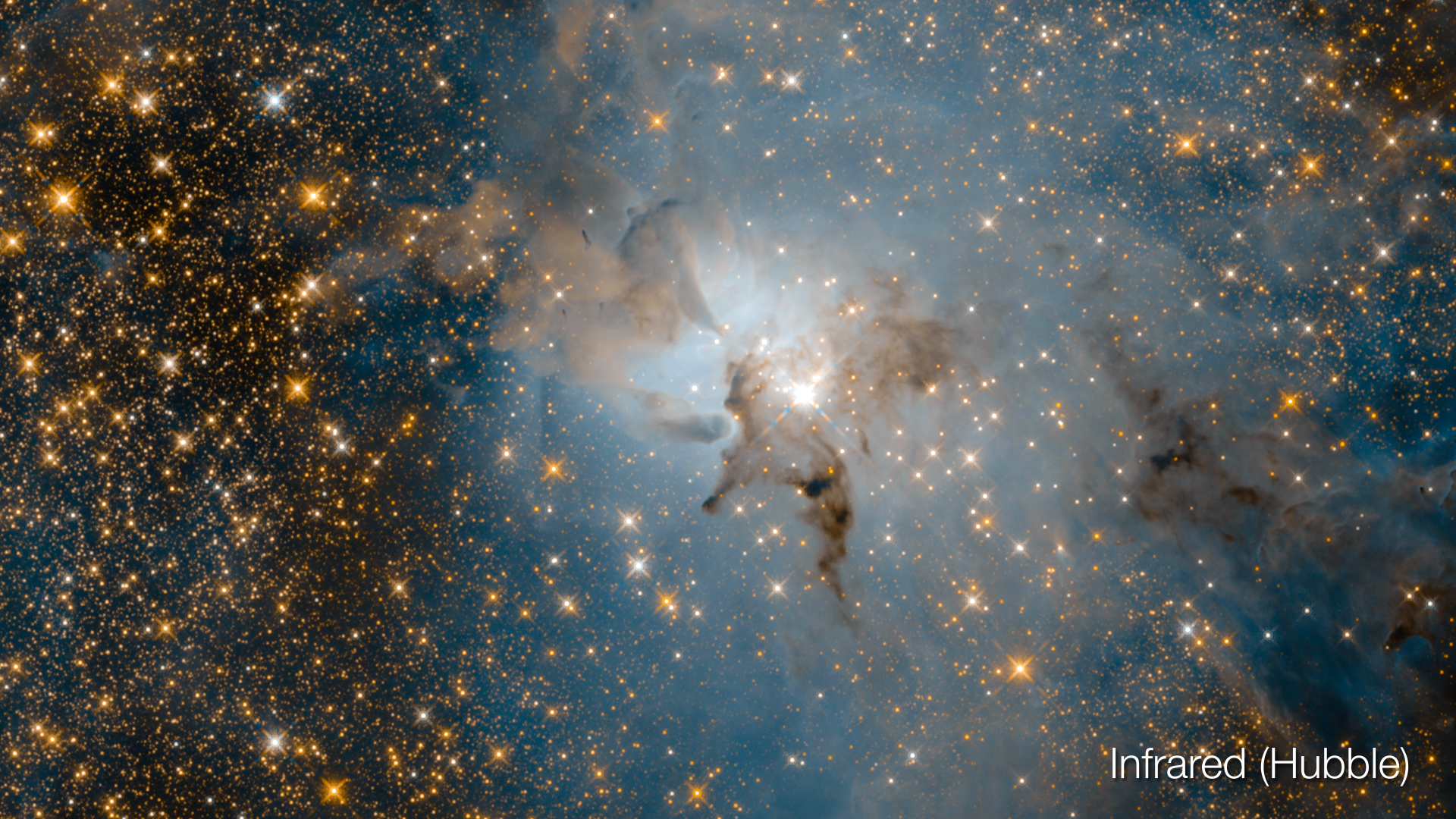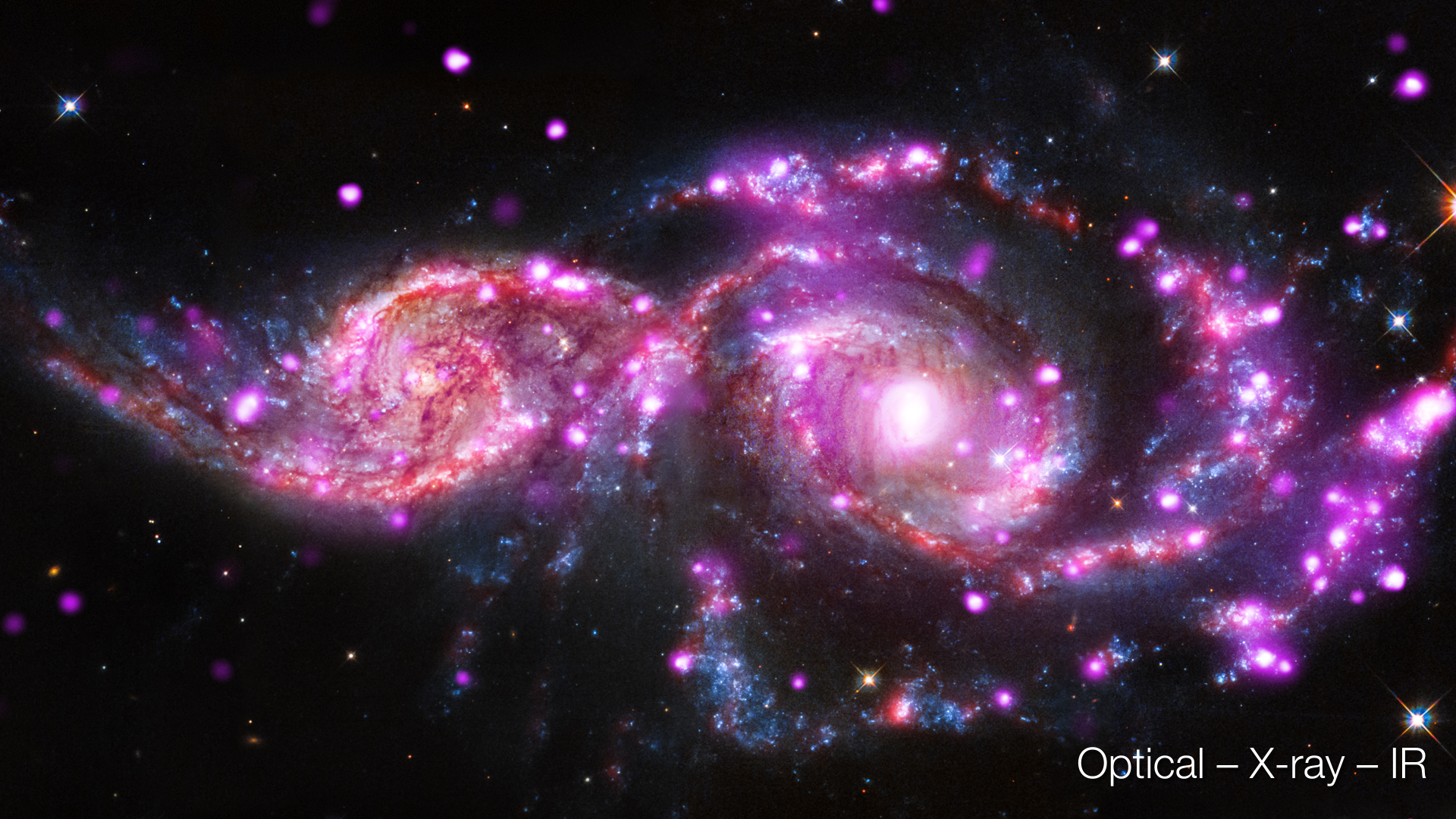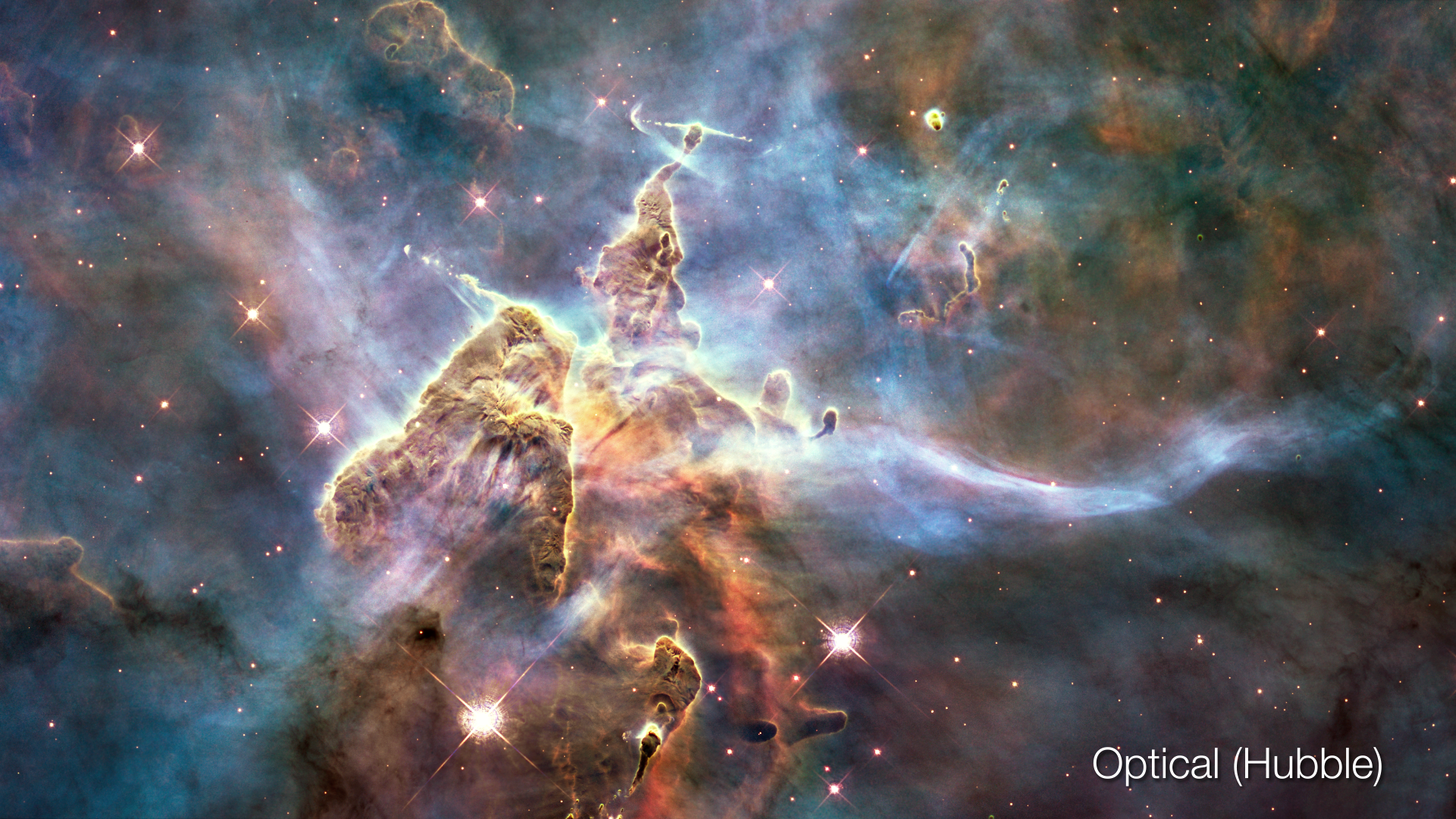Messier 81 in Multiple Wavelengths
Star-forming regions in M81 become evident in infrared.
Messier 81 (M81) is a classic example of a spiral galaxy. Star-forming regions in this galaxy become evident in the infrared view. In the infrared, the spiral arm structure becomes much more powerful relative to the visibly bright galactic center, revealing denser concentrations of cold dust and gas ready to be transformed into new stars.
Optical: Stars are partly obscured by dust.
Near-Infrared: Longer infrared wavelengths now show star-forming areas in red.
Far-Infrared: Shifting to infrared light reveals the dust lanes in red.
This animation is the same as above, played twice as fast.

NOAO optical image of Messier 81
Stars are partly obscured by dust.

Spitzer Near-Infrared image of Messier 81
Longer infrared wavelengths now show star-forming areas in red.

Spitzer Far-Infrared image of Messier 81
Shifting to infrared light reveals the dust lanes in red.
Credits
Please give credit for this item to:
Video: NASA, ESA, and G. Bacon (STScI)
Image Credits:
- Optical: N.A. Sharp (NOAO, AURA, NSF)
- Near-infrared: NASA, JPL-Caltech, S. Willner (Harvard-Smithsonian Center for Astrophysics)
- Far-infrared: NASA, JPL-Caltech, K. Gordon (University of Arizona) and S. Willner (Harvard-Smithsonian Center for Astrophysics)
-
Visualizer
- Greg Bacon (STScI)
-
Image processing
- Nigel A. Sharp (NSF)
- Steven Willner (Harvard-Smithsonian Center for Astrophysics)
- Karl Gordon (The University of Arizona)
-
Technical support
- Leann Johnson (Global Science and Technology, Inc.)
Release date
This page was originally published on Monday, August 20, 2018.
This page was last updated on Wednesday, November 15, 2023 at 12:40 AM EST.
Missions
This visualization is related to the following missions:Datasets used in this visualization
-
[Spitzer Space Telescope]
ID: 690This dataset can be found at: http://www.spitzer.caltech.edu/
See all pages that use this dataset -
[National Optical Astronomy Observatory (NOAO)]
ID: 1003This dataset can be found at: https://www.noao.edu
See all pages that use this dataset
Note: While we identify the data sets used in these visualizations, we do not store any further details, nor the data sets themselves on our site.


